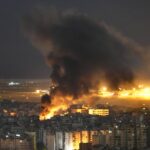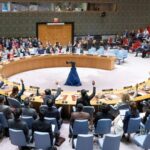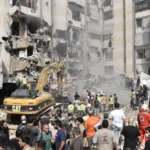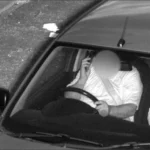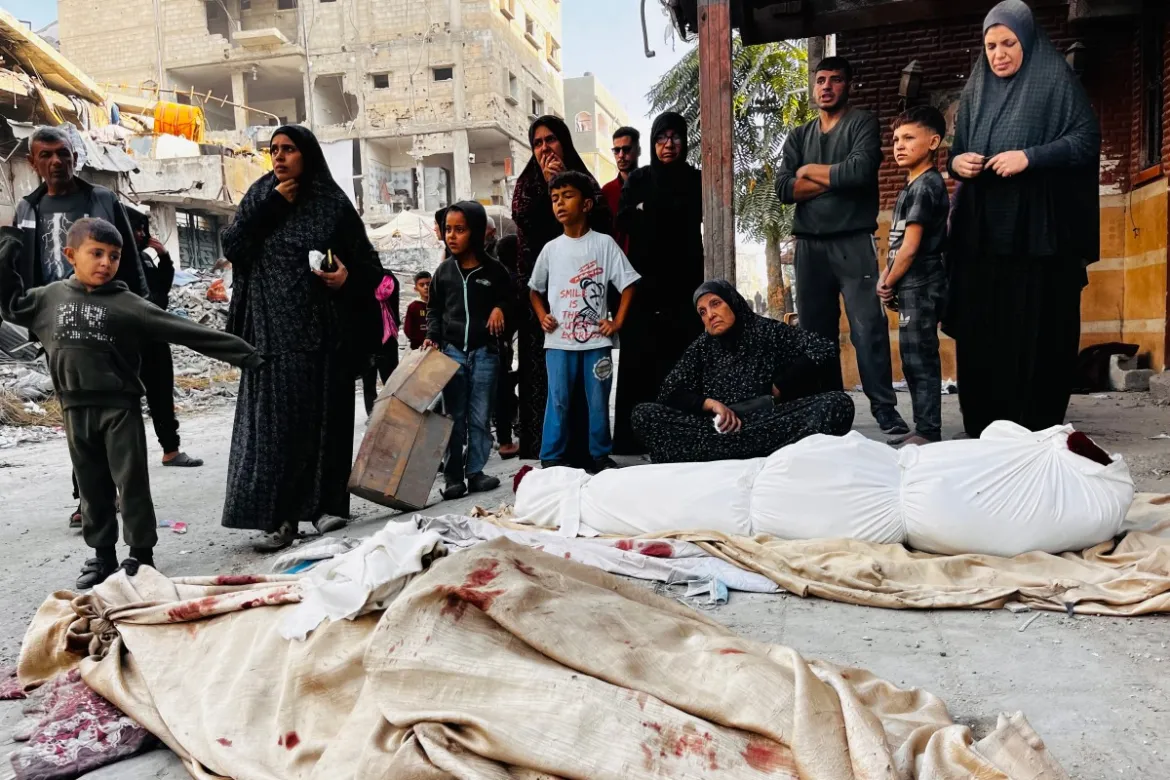As Gaza has witnessed one of the fiercest periods of violence lately, Mohammad Atteya finds himself separated from his family in the besieged town of Beit Lahiya. Evacuated to a Gaza City hospital suffering from a head injury, he is filled with feelings of deep regret for abandoning his loved ones as bombardments and military operations go on destroying northern Gaza. Residents face increasingly dire conditions as food, water, and shelter become scarce. In short, it means disaster for those who are still there.
Intensifying Assault in Beit Lahiya
The past month has witnessed an unprecedented wave of destruction as Israeli airstrikes have pounded the areas where Hamas is thought to operate. Hundreds of Palestinians have lost their lives, with Israeli officials saying that strikes against alleged Hamas sites in residential areas had been carried out. According to health officials, the most lethal attack is the one that occurred on October 29, with a rocket hitting a building in Beit Lahiya, killing 93. For Atteya, it is both physical and psychological as he worries about the safety of his family members, how they will go through this, and might even end up dead, like many others.
Scarce Supplies and Ever-Rising Prices
Reports from northern Gaza are grim, with most residents now relying on the dwindling food reserves since fresh produce, meat, and clean water are no longer available. Prices for whatever is left are skyrocketing because very few supplies enter the area due to intense fighting. Communications are spotty, and thousands of civilians face cut-off routes to safer places. The Palestinian Civil Emergency Service claims that about 100,000 residents still stay in towns like Jabalia, Beit Lahiya, and Beit Hanoun during the Israeli forces’ continuous operations to disintegrate Hamas’ presence.
Israeli Forces and Civilian Displacement
The Israeli Defence Forces say the attack is necessary to curb Hamas’s influence in northern Gaza. Flyers were distributed, and phone calls urged people to leave, but for one like Atteya, the process was “tear-jerking.” There was not enough time to pack some belongings as they were instructed to flee. Atteya indicates that these moments of leaving are the worst feeling because families are running for a haven in the wake of constant air raids and ground attacks.
Humanitarian Crisis and Hospital Struggles** There is a critical phase for civilians needing medical attention. Israeli forces reportedly apprehended dozens of suspected Hamas militants posing as hospital personnel from Kamal Adwan Hospital in northern Gaza during its raid, according to reports by the IDF. Doctors and other hospital authorities, in contrast, describe the atmosphere within as terrifying as “those in the hospital would soon find themselves in life-threatening danger.”. Israel says it’s part of efforts to deter Hamas from using civilian space for military purposes, something Hamas denies.
Looming Uncertainty in Northern Gaza
Attiya fears the implications for him and his neighbours with Israel’s campaign in Gaza. They fear that the goal may be to have buffer zones or pave the way for settlers’ return. Israel officials deny this, but Atteya thinks the devastation and being displaced would suggest a determined attempt to redefine Gaza’s future. Still, longstanding problems persist; Atteya recalls his family’s life before things worsened, as they said, “We had a life—a good one, though not perfect. Now, we face destruction every day.”
According to Gaza health officials, thousands of lives have already been lost; over 43,300 Palestinians have been reported dead since October 5 because of the relentless efforts from the military. Meanwhile, Atteya, the residents of northern Gaza, and thousands of others bear unthinkable suffering in this growing strife.


